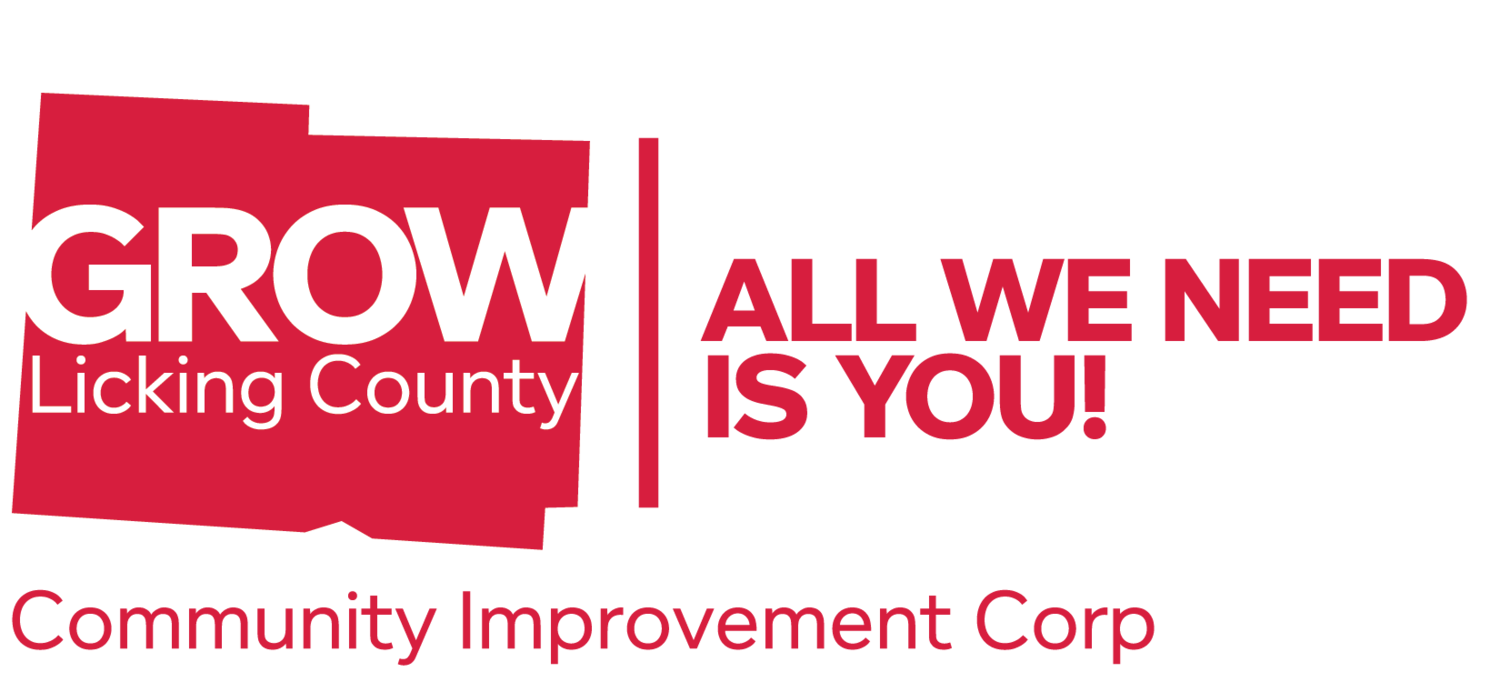Recap: 2023 Investor Breakfast
Last month, GROW Licking County staff hosted the annual Investor Breakfast, providing updates on the organization’s current initiatives. The topics covered included business retention and expansion, business attraction, marketing, workforce development, infrastructure, and housing.
Business Retention and Expansion
Each year, our staff develops a list of economic-base companies to meet with as part of our organization’s Business Retention & Expansion (BR&E) program. Economic-base businesses can be defined as those that operate a business-to-business model and export products or services outside of our region. Our target list is developed in collaboration with our regional partners at One Columbus, and with input from our local communities.
Common themes from existing businesses were related to housing, transit, and workforce. Workforce issues appear to be stabilizing from the pressures of last year in some industries, but companies remain focused on filling their pipeline and attracting untapped talent pools. Our partners at Ohio Means Jobs - Licking County regularly attend BR&E meetings with us, so they can speak directly to companies on the services they provide to support our workforce.
We continue to strive to bring value to our businesses by understanding activities occurring throughout the county that may affect their operations or their employees. Our staff regularly participates in local meetings related to housing, workforce, utilities, transportation, and childcare so that we can provide our businesses with factual insights on those topics and advocate on their behalf.
Business Attraction
Through our economic development structure organized under JobsOhio and One Columbus, we receive project leads for businesses looking to site their next facility. At the local level, we respond to these project leads with submissions of sites or buildings that meet the project requirements. Out of the 81 leads this year, we have been able to respond to over half with our available inventory of properties. This year we have been more selective on the types of projects we decide to compete for, and we are working with each community and property owner to make sure the projects are a good fit.
Marketing
This year, we introduced paid social media marketing campaigns to our marketing efforts. With the shift to algorithm-based social media platforms, it is now more difficult to have posts seen organically. Paid ads allow us to reach target audiences while also reaching new people who do not already follow our accounts. Our current target audiences include site selectors and job seekers, as well as the Licking County community.
Workforce Development
GROW promotes workforce development efforts through our Licking County Works collaboration with the Licking County Chamber of Commerce and OhioMeans Jobs Licking County. Our staff attended multiple events this year to share our career pathways resources.
We also completed our manufacturing career pathways video and have begun filming the distribution career pathways video. The career pathways videos have been utilized on social media through paid ads, as well as shared with local schools to educate students about career opportunities in their community. To view the complete toolkit, visit lickingcountyworks.com.
Infrastructure
Our staff works closely with the Licking County Transportation Improvement District (TID), the Licking County Area Transit Study (LCATS), and local communities to leverage support for state and federal funding. This year, we also co-hosted the first annual Licking County Infrastructure Luncheon along with the Licking County TID and LCATS. This sold-out event featured presentations from planning and engineering experts on recent and ongoing studies that look to address current infrastructure needs while preparing for future growth.
Housing
Lastly, we discussed our local housing needs in Licking County. According to a BIA report, only one home has been built per every four jobs created in Licking County over the past decade. Lack of available housing affects our workforce, which in turn affects business retention. Our region requires 14,000-19,000 new homes per year. With only 12,000 homes built last year, we expect to see the same underbuilding trend continue. Increased costs of land, materials, and interest rates are all contributing factors. Continued education and promotion of housing across the spectrum of need is still required.

